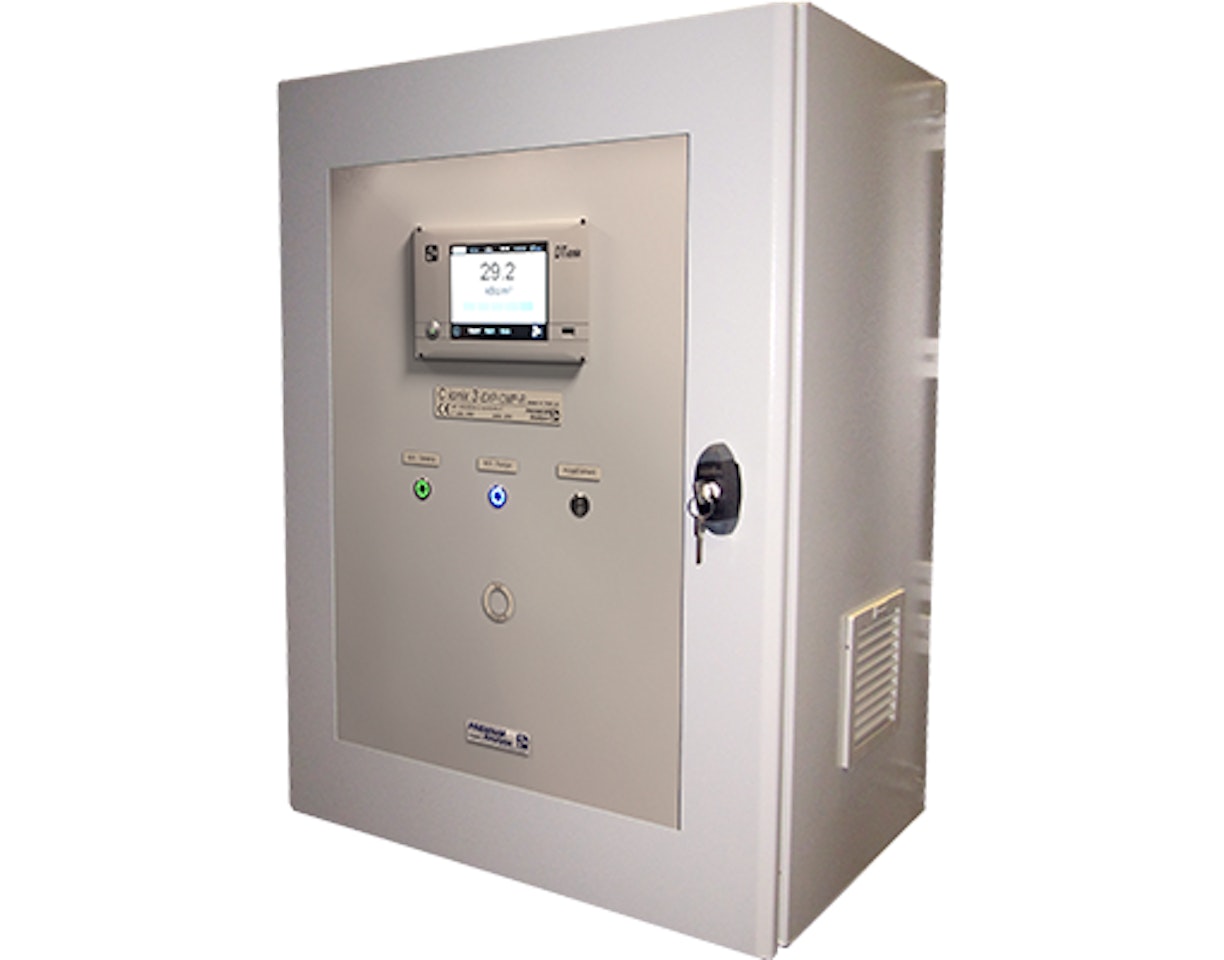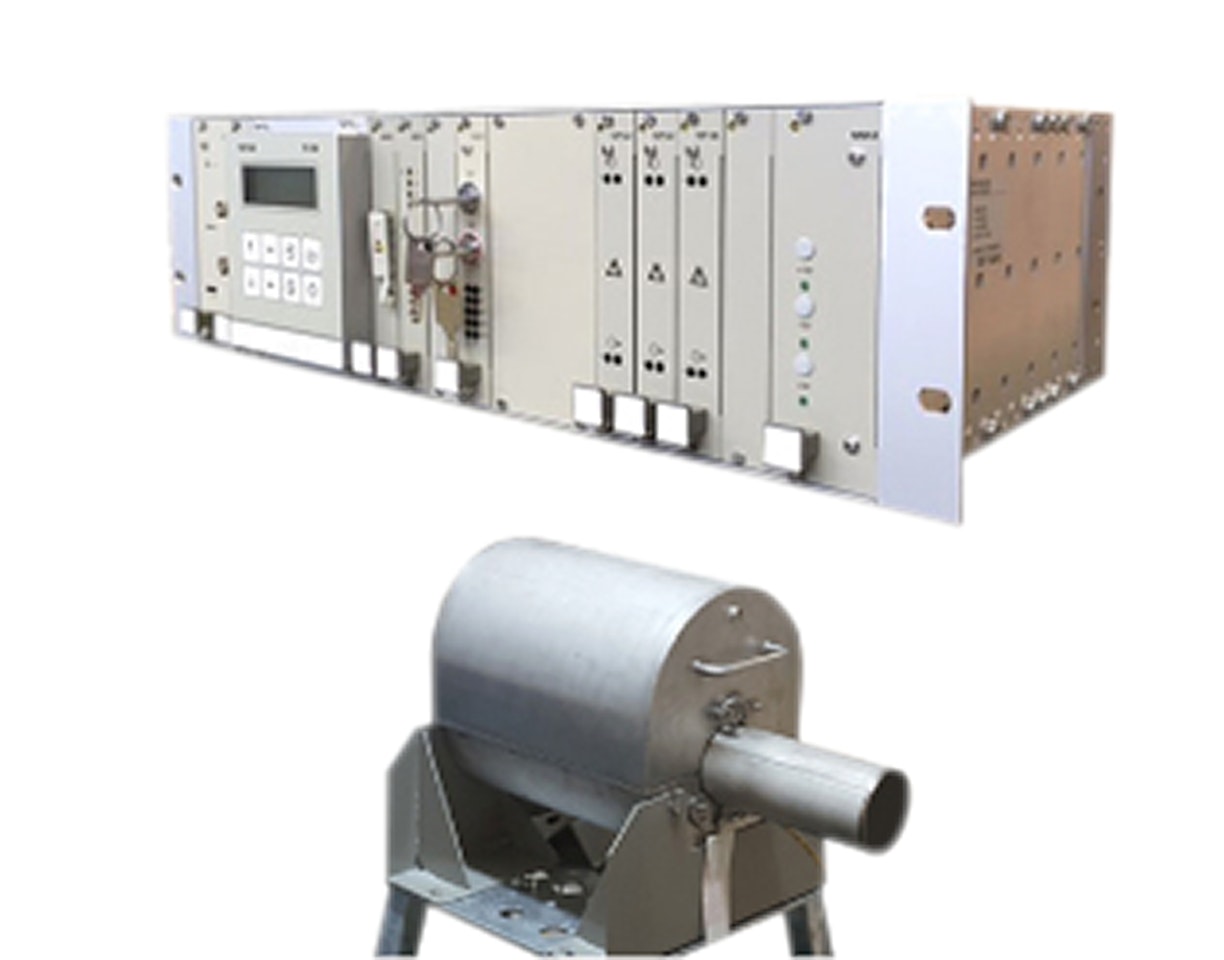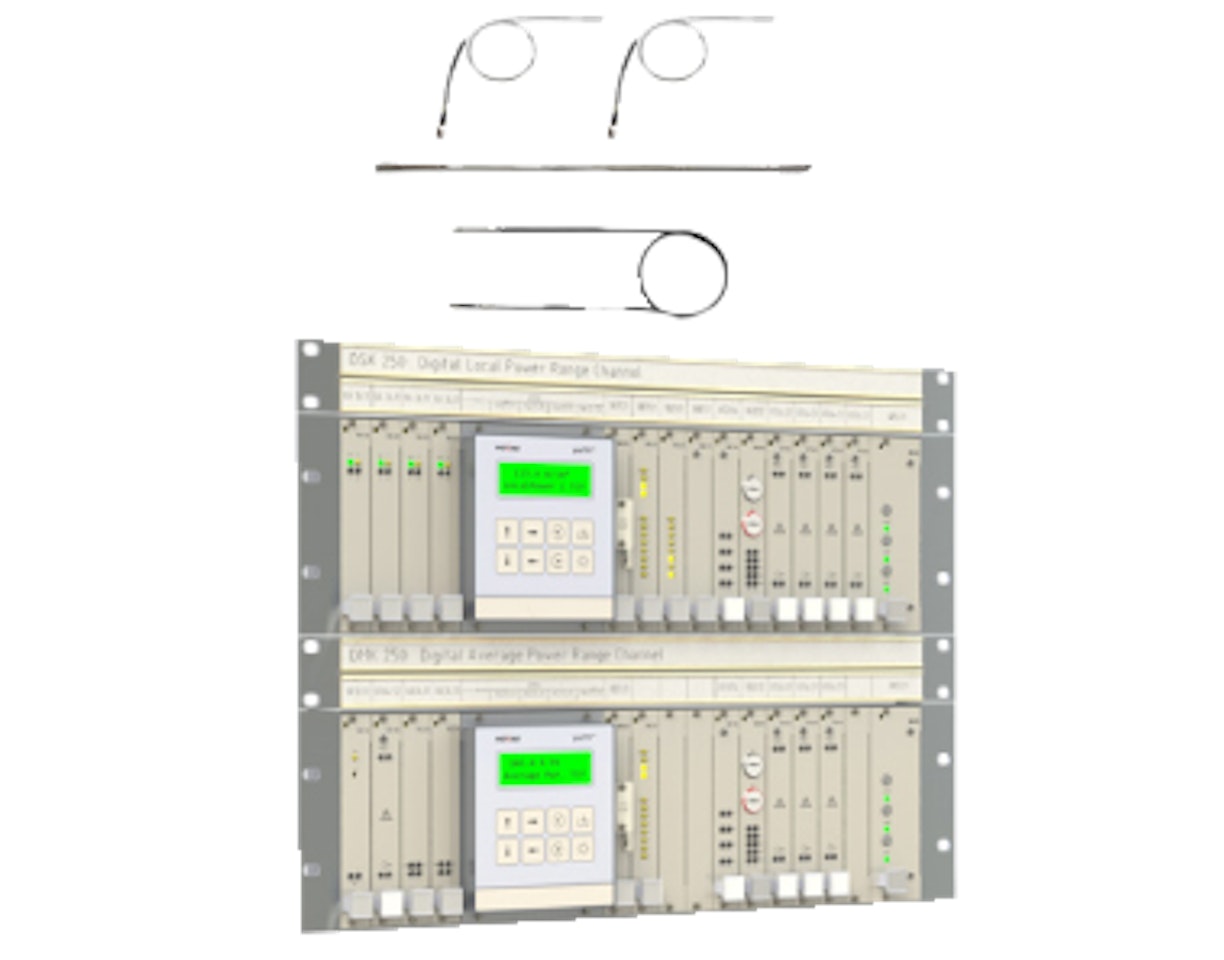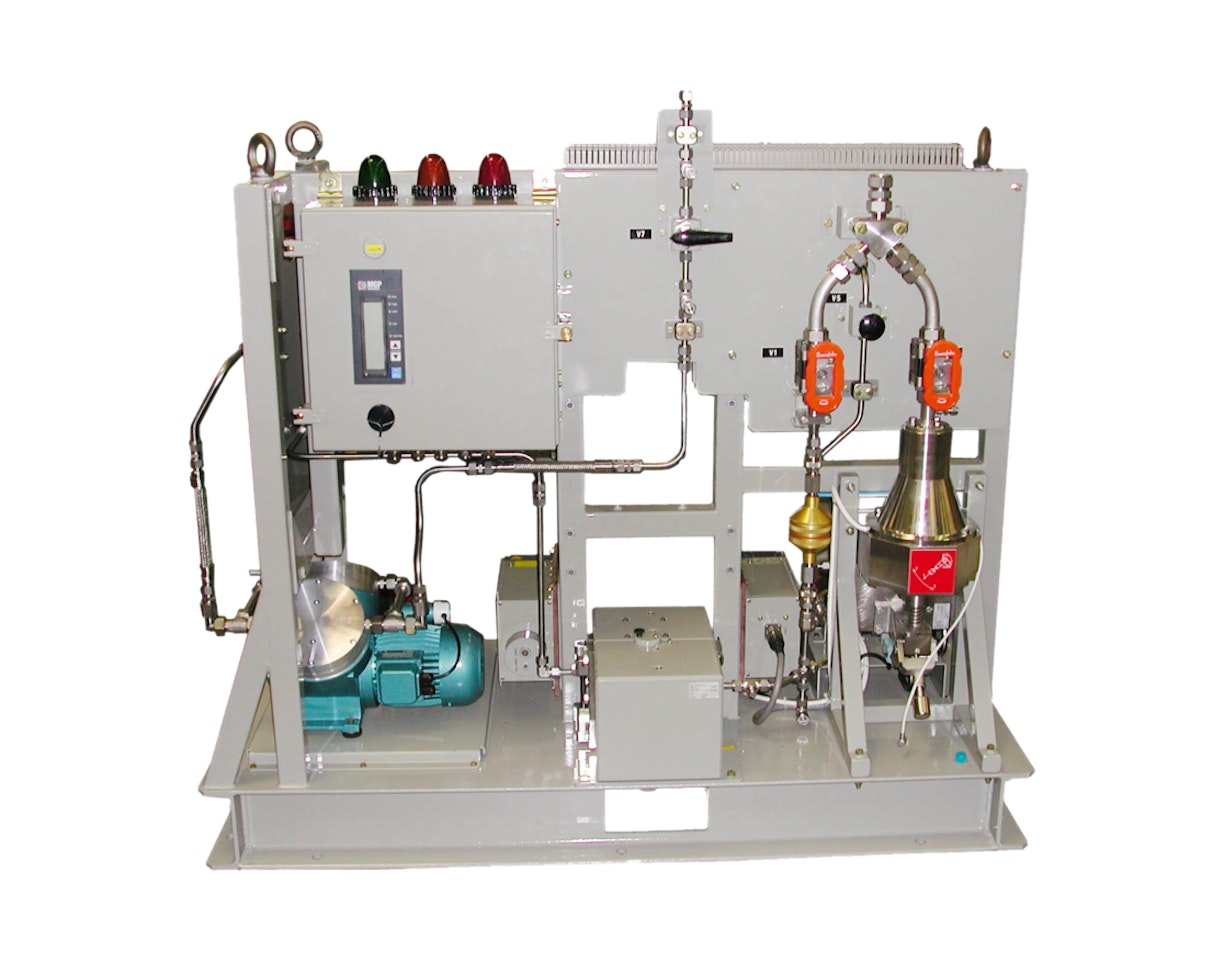

Mirion's Reactor Instrumentation & Radiation Monitoring Systems help nuclear operators maintain reactor safety and peak operational performance.
In-core and Ex-core Measurement (Sensing)
In-core detectors are placed directly inside the reactor core of a nuclear power plant, allowing measurement of neutron flux, temperature, and other parameters at the heart of the fission reaction. Ex-core detectors are positioned outside the reactor core, typically within the reactor containment structure, and monitor radiation levels, temperature, and pressure in the surrounding environment. While both types of detectors contribute to the overall safety and efficiency of the plant, in-core detectors provide critical information about the reactor's fission process, whereas ex-core detectors focus on monitoring the conditions outside the core.
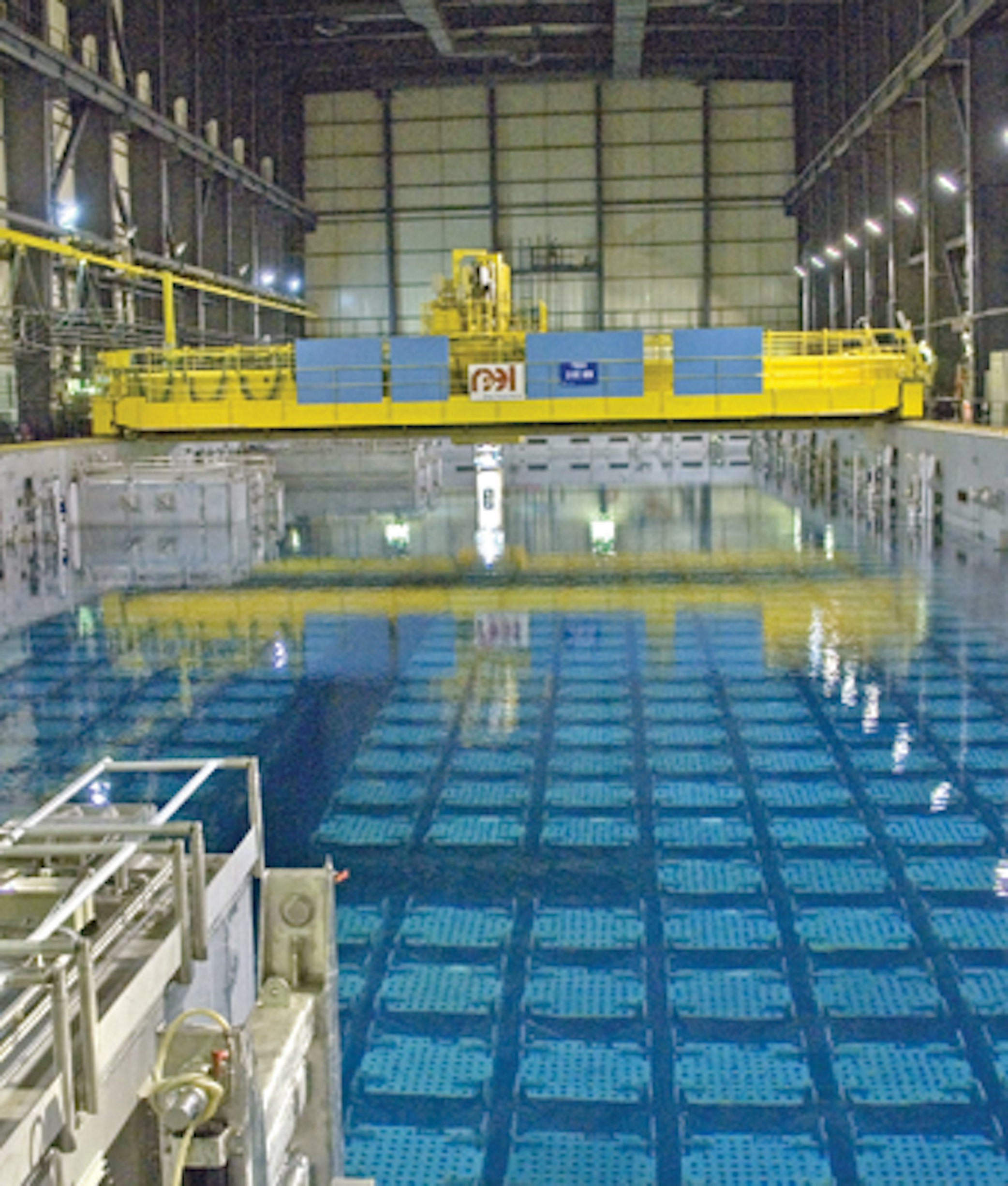
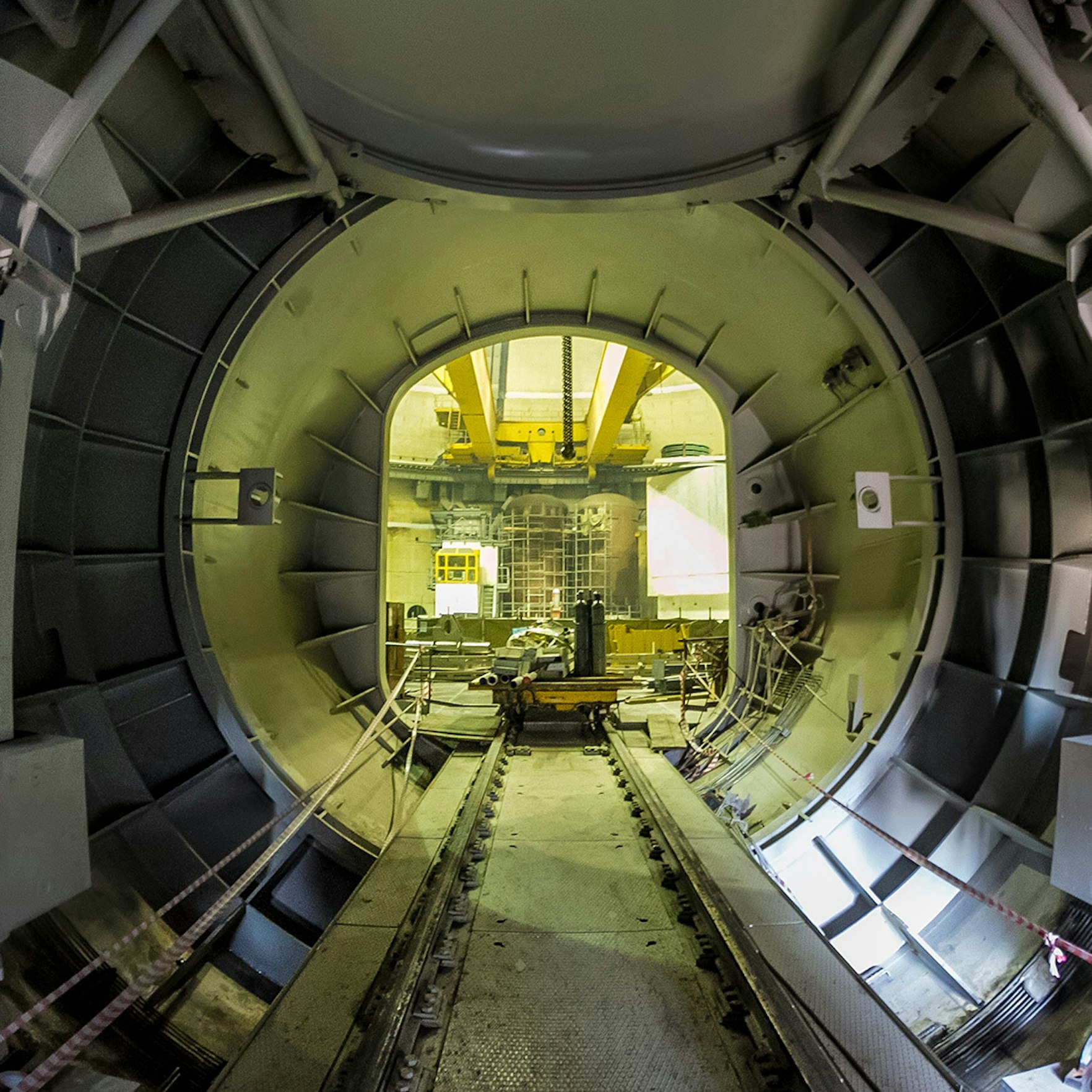
Containment Monitoring
Containment monitors are specialized instruments designed to measure parameters such as radiation levels, pressure, temperature, and airborne contaminants within the containment structure. These devices provide real-time data to plant operators, enabling prompt response to any anomalies or incidents, and ensuring the containment's integrity is maintained. Containment monitoring equipment plays a vital role in protecting plant personnel, the public, and the environment from potential radiological hazards during normal operations and accidents.
Effluent Release Monitoring
Effluent release monitoring involves tracking and measuring the levels of radioactive materials discharged into the environment through gaseous and liquid waste streams. This monitoring ensures that releases remain within regulatory limits, protecting the public and the environment from excessive radiation exposure. Data from effluent release monitoring is also used for reporting and compliance purposes, demonstrating adherence to established safety standards.


Operational Process Monitoring
Operational process monitors in a nuclear power plant are specialized monitoring systems and instruments that continuously track various parameters and conditions of plant equipment and processes during normal operation. These monitors help maintain optimal efficiency, detect anomalies, and prevent potential issues that could compromise safety or performance. Mirion Operational Process Monitors provide essential data for plant operators, allowing them to make informed decisions on plant operations and maintenance, optimize performance, and maintain safety.
Post-Accident Facility Management
Because there is no such thing as zero risk, NPP operators must equip themselves with increasingly high-performance systems developed according to ever more stringent and higher standards that allow the equipment to function and manage their facilities in accident and post-accident situations. The use of ionizing radiation monitoring systems in the event of this type of accident is particularly critical to limit its scope of impact. Responding to these requirements is a genuine technological challenge in that the physical values (temperature, pressure, integrated dose, time, etc.) influencing the various hypotheses at play never cease to increase.
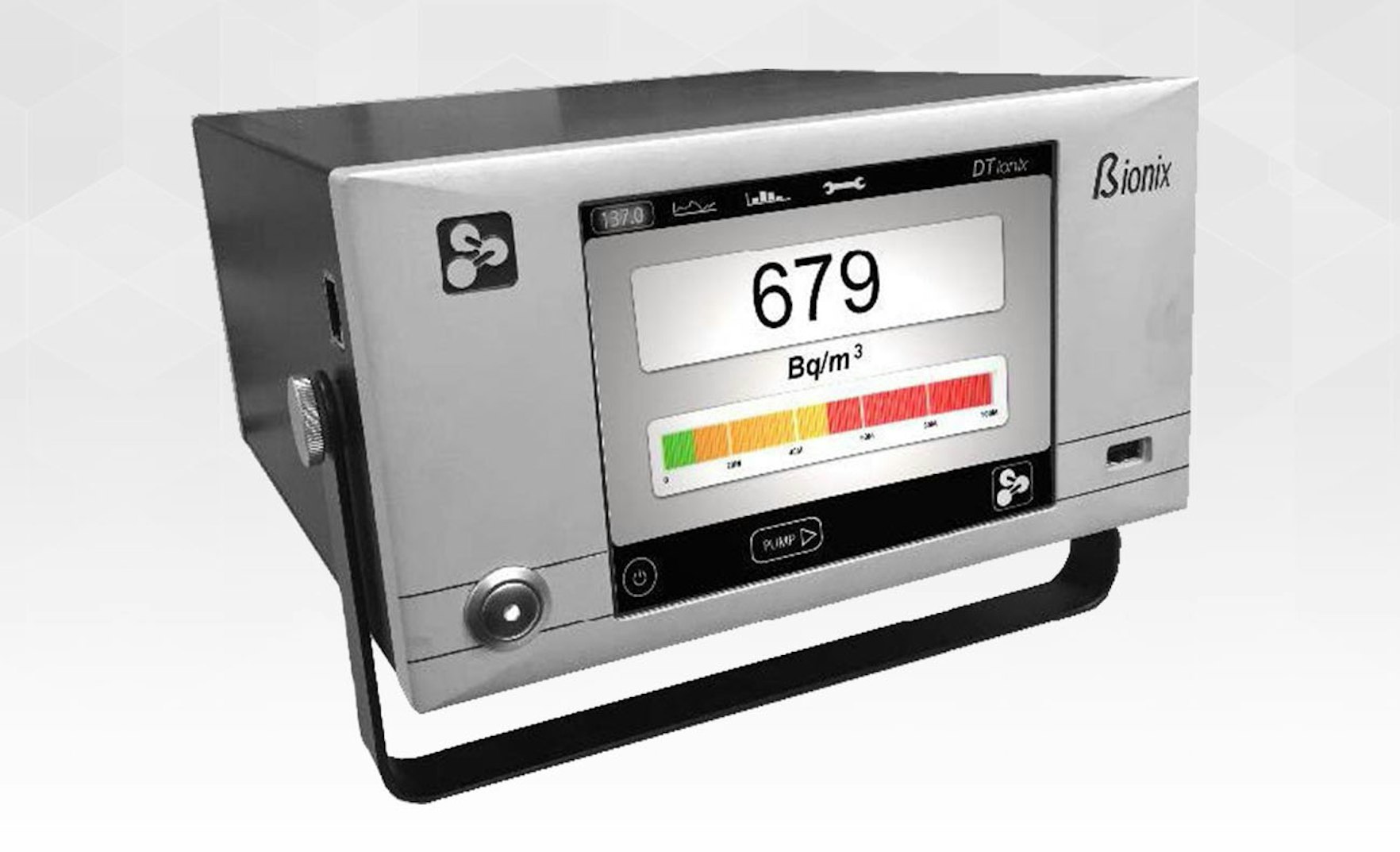
Tritium Monitoring
Tritium monitoring is important in a nuclear power plant to ensure the safe handling, storage, and disposal of tritium-containing waste, as well as to protect plant personnel and the environment from excessive radiation exposure. Detecting tritium leaks early allows for timely corrective actions, preventing the spread of contamination and potential incidents. Moreover, tritium monitoring is essential for demonstrating regulatory compliance and maintaining the facility's license to operate.
Neutron Flux Monitoring
Neutron flux monitoring provides real-time information about the power level and spatial distribution of the reactor's neutron field, which directly correlates with the fission chain reaction. This data allows plant operators to maintain reactor criticality, ensuring a stable and controlled fission process. Neutron flux monitoring also plays a vital role in maintaining safety margins, detecting potential anomalies, and optimizing reactor performance for efficient energy production.
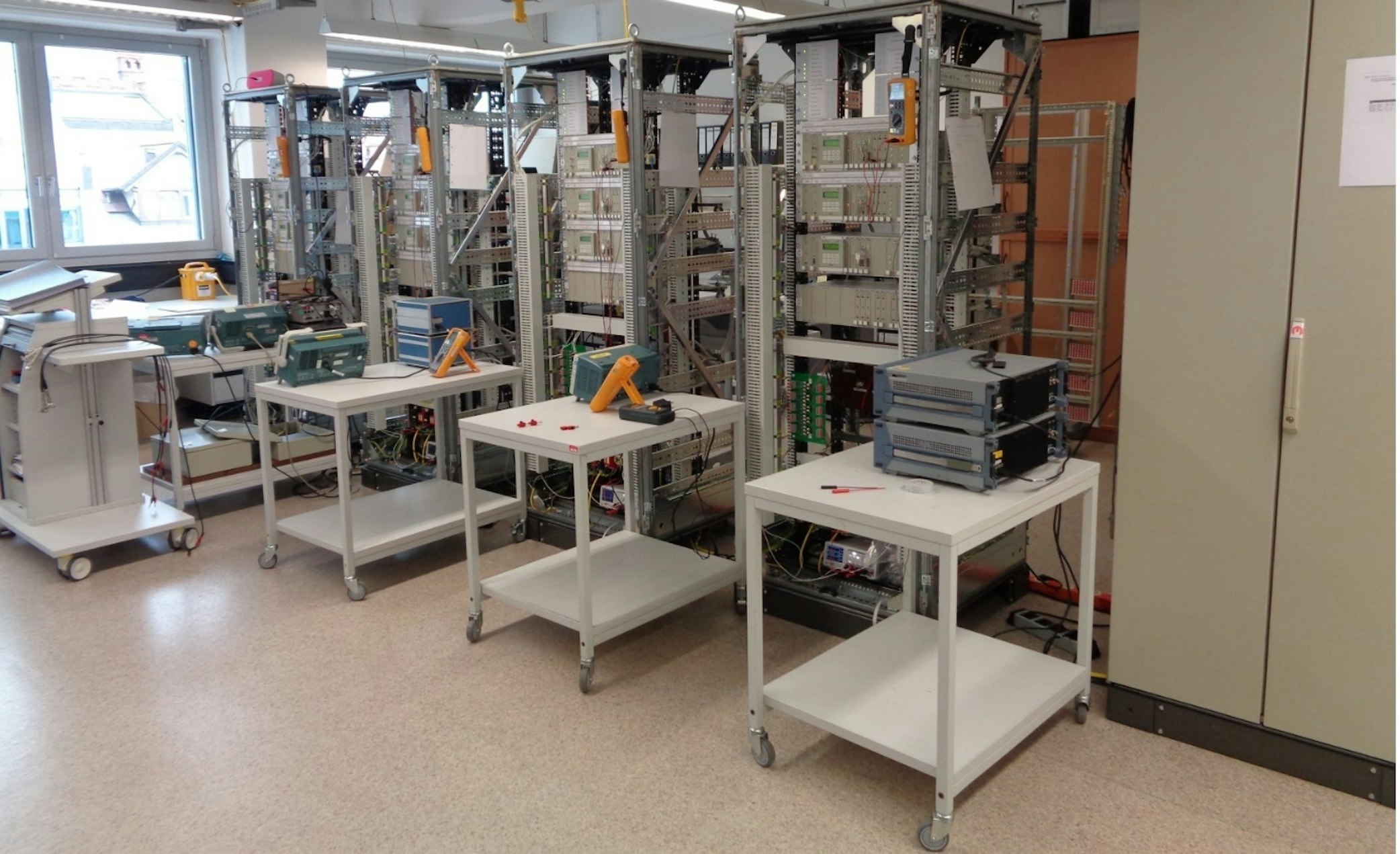
Products & Systems
Related Resources
Do you have a question or need a custom solution? We're here to help guide your research.

